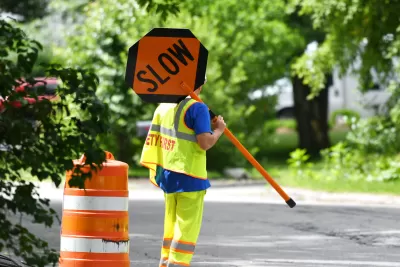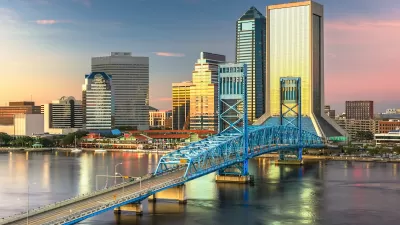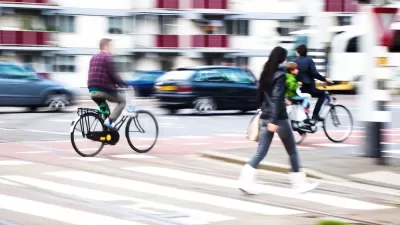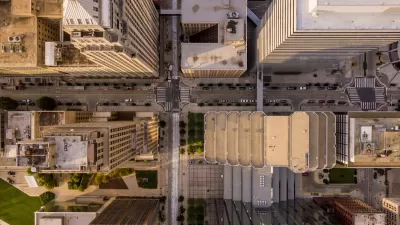The alarming rise in pedestrian deaths across the United States was predicted well before Covid-19 provided more opportunities for dangerous driving behaviors.

A new study from the AAA Foundation for Traffic Safety shows that traffic fatalities in the United States were projected to rise just as sharply even if the pandemic had not shut down roads and created conditions for faster driving, reports Kea Wilson in Streetsblog USA.
According to the study, “pre-pandemic models were already predicting a series of record years for pedestrian deaths, since they'd been trained on more than a decade of increasingly deadly data — and that prediction unfortunately, came true.”
The study finds that one likely explanation for the spike in traffic deaths during the pandemic is “a sharp increase in "aberrant driving behaviors" like speeding regardless of who else was on the road, alcohol-impaired driving, and driving without a license.”
However, principal researcher Brian Tefft cautioned that “we can't blame the roadway death crisis on a few bad-apple drivers cracking under pandemic-era stress — especially when systemic solutions exist to save lives even when motorists are driving like maniacs.” Tefft advises a safe system approach that focuses on design, infrastructure, and technology as ways to reduce risks to drivers and pedestrians. “Impaired driving prevention technology, speed limiters on cars, and speed-reducing road designs could all have curbed the bloodshed during the early days of COVID-19 — just like they could have saved lives before the pandemic and since.”
FULL STORY: Study: The Real Reasons Pedestrian Deaths Surged Along with COVID-19

Planetizen Federal Action Tracker
A weekly monitor of how Trump’s orders and actions are impacting planners and planning in America.

San Francisco's School District Spent $105M To Build Affordable Housing for Teachers — And That's Just the Beginning
SFUSD joins a growing list of school districts using their land holdings to address housing affordability challenges faced by their own employees.

The Tiny, Adorable $7,000 Car Turning Japan Onto EVs
The single seat Mibot charges from a regular plug as quickly as an iPad, and is about half the price of an average EV.

As Trump Phases Out FEMA, Is It Time to Flee the Floodplains?
With less federal funding available for disaster relief efforts, the need to relocate at-risk communities is more urgent than ever.

With Protected Lanes, 460% More People Commute by Bike
For those needing more ammo, more data proving what we already knew is here.

In More Metros Than You’d Think, Suburbs are Now More Expensive Than the City
If you're moving to the burbs to save on square footage, data shows you should think again.
Urban Design for Planners 1: Software Tools
This six-course series explores essential urban design concepts using open source software and equips planners with the tools they need to participate fully in the urban design process.
Planning for Universal Design
Learn the tools for implementing Universal Design in planning regulations.
Smith Gee Studio
City of Charlotte
City of Camden Redevelopment Agency
City of Astoria
Transportation Research & Education Center (TREC) at Portland State University
US High Speed Rail Association
City of Camden Redevelopment Agency
Municipality of Princeton (NJ)





























